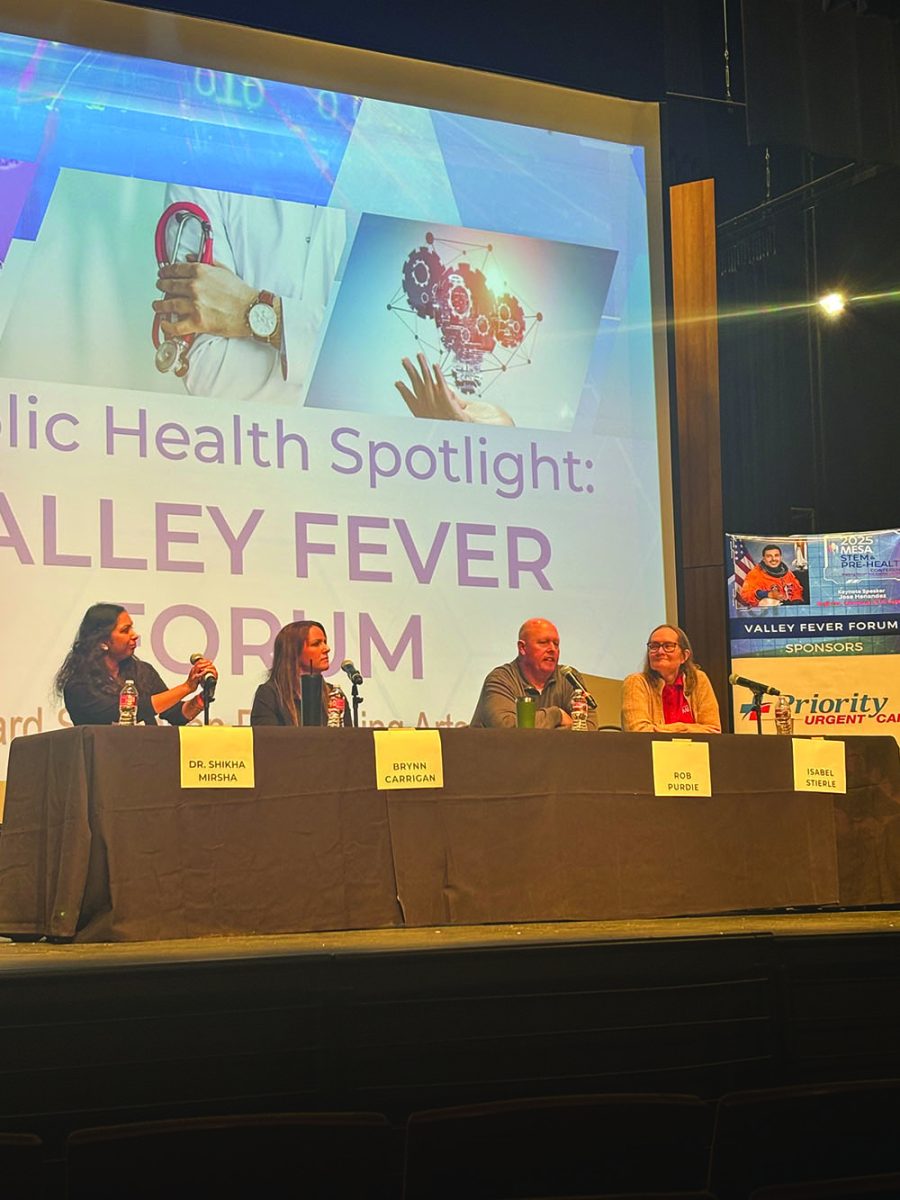The Importance of Mental Health Representation in Film
April 21, 2021
The representation of mental health in media, especially film, needs to be discussed more.
Filmmaking has been evolving, such as storytelling, camera work, and representation. Representation of people of color, LGBTQ+, and mental health in films is still growing.
Mental health representation in film needs to be better. The concept of mental health in cinema is usually never brought to light and is tossed aside sometimes. If mental health is brought up, it is almost always represented poorly.
The more films that shine a light on mental health, the more it will help normalize the topic and not treat it like a taboo.
Of course, some films have characters who have their own mental health issues but, unfortunately, are attached to harmful stereotypes that add negative meanings to mental health.
Films like “Split” (2016), “Fight Club” (1999), and “Shutter Island” (2010) are some of the movies that poorly represent mental health illnesses. “Split” (2016) is a film that shows the protagonist has Dissociative identity disorder (DID), and rather than showing the audience how one deals with the said disorder, it shows the audience to be afraid of people who possibly have the DID.
Filmmakers should do better when introducing a character who has mental health issues. Usually, when there is a poor representation, the writers or directors did little to no research and just went off based on harmful stereotypes.
As someone who struggles with mental health issues and knows people who do as well, it is disheartening to see mental health be portrayed negatively in the media, especially when, sometimes, not everyone has supporters around them and thinks of mental health issues as a joke and not real.
The more films that show mental health issues in a positive light, as opposed to negatively, the topic would become less taboo in society than it already is.
Suppose filmmakers plan to talk about mental health in their movies. In that case, they need to do a lot of research about them just as much as they would when finding a location to film a movie or when it comes to picking an actor or actress for a role.
Luckily, some films do a better job at representing mental health issues; some films include “Perks of Being a Wallflower” (2012), “Black Swan” (2010), “Girl, Interrupted” (2000), and “Frozen” (2013) all have better mental health representation and do not add any negative light on the topic.
The film industry is finally but slowly adding more representation in various aspects without attaching negative stereotypes. It is about time they do so.
The more films that touch on a character’s mental health can normalize the fact that people have mental health issues and that no one should be ashamed.
Society has progressed a lot over time, and mental health needs to be better represented.
Filmmakers need to do better and start doing the proper research to stop using mental health issues for harmful tropes if they decide to touch on these issues in their movies.






